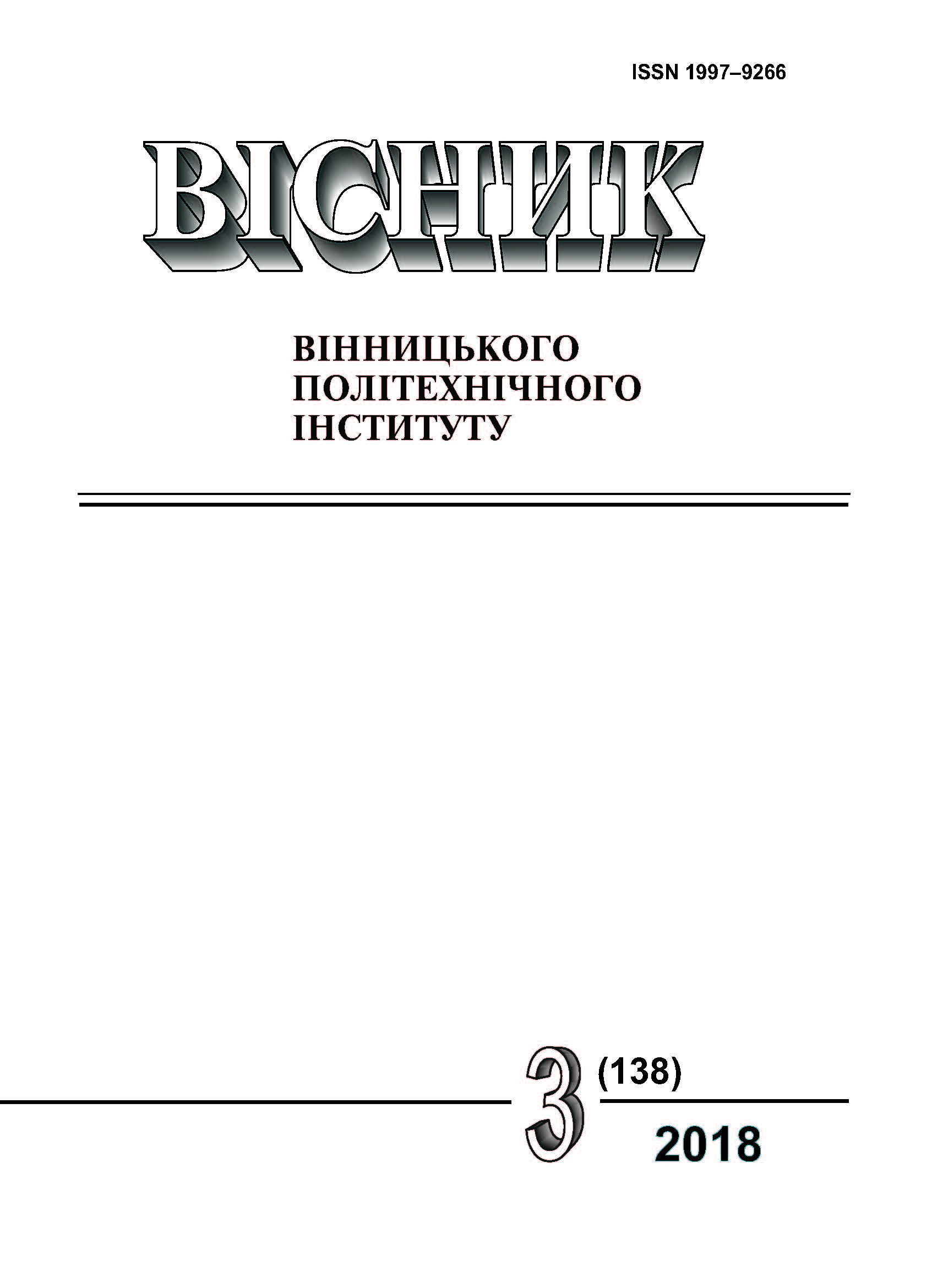Theoretical Bases of Diagnostic Type Functional Observers
Keywords:
state vector, dynamic system with uncertain entrances, Luyenberger’s observersAbstract
The given paper considers the problem of design of a full-scale vector restorer, that is invariant to indefinite inputs. It is considered that a diagnostic restorer and full-scale vector restorer are concept relatives, however not completely equivalent. It is possible to be convinced of it, considering primary differential signal which is formed by comparison of exits of the real operating object and its mathematical model. The initial signal of mathematical model represents only an assessment of an exit of real object the formations of which are defined by quantity and quality of available a priori information. Ideally, at lack of the destabilizing factors, absolute adequacy of mathematical model to real object guarantees a zero signal of a error. Actually, it is impossible to consider in mathematical model all destabilizing factors, and there is no requirement as the model received thus will be too complex and unproductive. Therefore in practice, the actual differential signal is quite slow physical oscillatory process around zero level. All factors which unaccounted in mathematical model are reflected in it, including: unforeseen perturbations and malfunctions, effects of modeling errors, use of models of the underestimated order, fluctuations of parameters of system, instability of a working point, unaccounted or linear nonlinear dependences, organized or natural hindrances, noise, etc.
It is intuitively clear that if the problem of identification and localization of malfunctions is solved, then first, the differential signal has to be sensitive concerning the set list like malfunctions (signatures), and secondly, it is necessary to get rid of the background created by the collateral destabilizing factors which are not of interest. Thus, the differential signal has to be previously processed.The spectral structure of a differential signal is considered. Its components are analyzed. On the basis of the analysis conclusions are drawn: the full-scale state vector restorer filtering of noise in an implicit form as the problem of its mathematical model in state variables automatically creates the corresponding frequency characteristic; selectivity of a full-scale state vector restorer to a certain type of malfunctions is provided with mathematical model of a channel of distribution of fault from an indefinite input to an exit of control object in the assumption that the matrix of distribution of malfunctions is set a priori; the state vector restorer in the Luyenberger’s form will meet the requirements to systems of identification and localization of malfunctions if primary differential signal becomes possible to make independent of cumulative influence result of the destabilizing factor. The mathematical apparatus of a full order restorer for stationary linear dynamic systems, in which system uncertainty is interpreted as indefinite perturbation and in mathematical model are represented as additional uncontrollable inputs. This process is limited to systems of continuous time, however it does not limit generality of the received results as they can be easily transferred to systems of discrete time. Necessary and sufficient conditions for the existence of such restorer are formulated and proved. Recommendations, regarding the design sequence are suggested, special cases are analyzed.
References
J. Gertler, “Survey of model-based failure detection and isolation in complex plant,” IEEE Contr. Syst. Mag, vol. 8, no. 6. pp. 3-11, 1988.
P. M. Frank, “Analytical and qualitative model-based fault diagnosis – a survey and some new results,” European J. of Contr., vol. 2, (I), pp. 6-28, 1996.
P. M. Frank, “Advances in observer based fault diagnosis, “Conf. оn Fault Diagnosis. TOOLDIAG ‘93, Toulouse, pp. 817- 836, 1993.
I. Hwang, S. Kim, Y. Kim, and C. Seah, “A survey of fault detection, isolation, and reconfiguration methods,” IEEE Trans. Contr. Syst. Tech,. vol. 18, no. 3, pp. 636-653, 2010.
S. Vassileva, “AI-based diagnostics for fault detection and isolation in process equipment service,” Computing and Informatics, vol. 33, pp. 387(409), 2014.
M. Tipaldi, and B. Bruenjes, “Survey on Fault Detection, Isolation, and Recovery Strategies in the Space Domain,” Journal of Aerospace Information Systems, vol. 12, no. 2, pp 235-256, 2015.
R. Feivi, and Yu. Jinsong, “Fault diagnosis methods for advanced diagnostics and prognostics testbed (ADAPT): A review, ” in 12th IEEE International Conference on Electronic Measurement & Instruments (ICEMI), 2015, vol. 01, pp. 175-180.
M. Thirumarimurugan, N. Bagyalakshmi, and P. Paarkavi, “Comparison of fault detection and isolation methods: A review,”in 10th International Conference Intelligent Systems and Control (ISCO), 2016, pp. 1-6.
T. J. Leung, J. H. Rife, P. Seiler, and R. Venkataraman, “Comparison of fault-tree models for fault detection, isolation, and recovery algorithms,” Journal of Aerospace Information Systems, vol. 14, no.9, pp. 517-522, 2017.
P. Kim, “Fault Detection Algorithm using Multiple Residual Generation Filters,” Journal of Telecommunication Electronic and Computer Engineering. vol. 9, no 3, pp.12-17, 2017.
Х. Квакернаак, и Р. Сиван, пер. с англ. В. А. Васильевой, Ю. А. Николаева, Линейные оптимальные системы управления. Москва: МИР, 1977, 650 с.
Р. Изерман, Цифровые системы управления. Москва: МИР, 1984, 541 с.
Downloads
-
PDF (Українська)
Downloads: 128
Published
How to Cite
Issue
Section
License
Authors who publish with this journal agree to the following terms:
- Authors retain copyright and grant the journal right of first publication.
- Authors are able to enter into separate, additional contractual arrangements for the non-exclusive distribution of the journal's published version of the work (e.g., post it to an institutional repository or publish it in a book), with an acknowledgment of its initial publication in this journal.
- Authors are permitted and encouraged to post their work online (e.g., in institutional repositories or on their website) prior to and during the submission process, as it can lead to productive exchanges, as well as earlier and greater citation of published work (See The Effect of Open Access).





